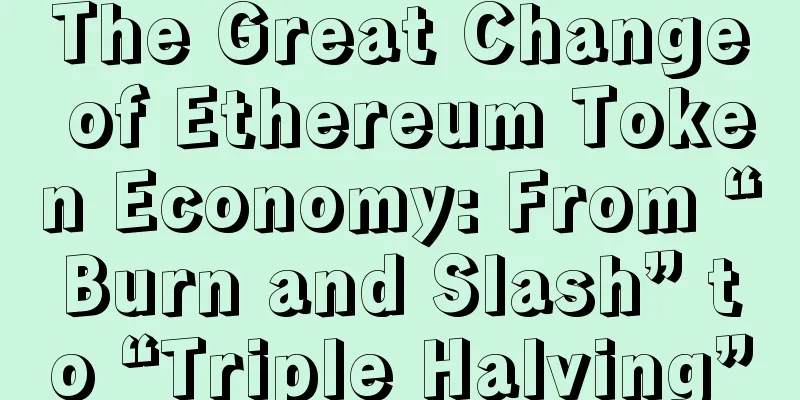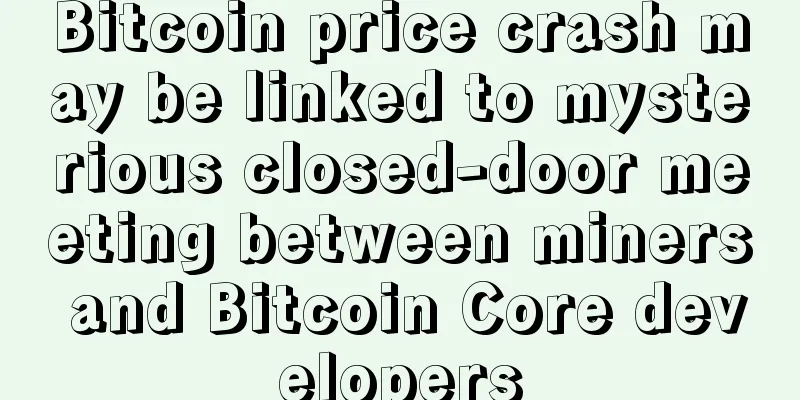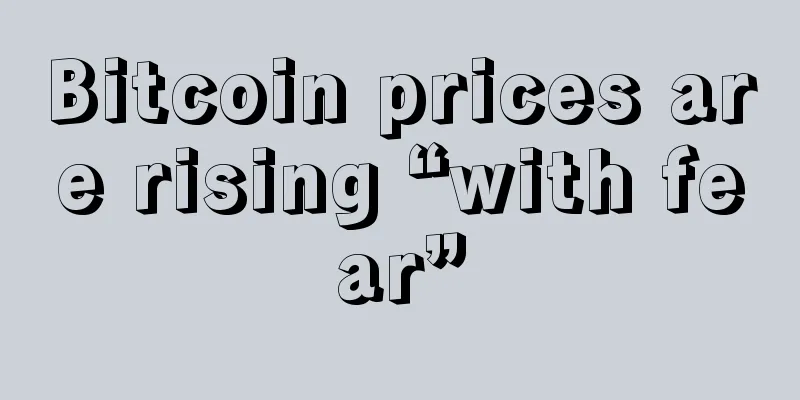The Great Change of Ethereum Token Economy: From “Burn and Slash” to “Triple Halving”

EIP-1559 is just the beginningEthereum's London upgrade was completed on August 4, including the famous EIP-1559. In less than 4 days since the launch of EIP-1559, 16,230.38 ETH (as of writing), worth nearly $50 million, has been burned. When real ETH was burned, people finally felt the burning power of EIP-1559, and saw a large amount of ETH being burned every day. (Total amount of ETH burned after the launch of EIP-1559, Ultrasound.money) Of course, EIP-1559 alone cannot lead to ETH deflation. Currently, the daily increase in ETH is about 13,000, and the amount of ETH burned on Ethereum on the first day after EIP-1559 was launched was 4791.5. EIP-1559 reduces the rate of ETH increase by about 30% (of course, the amount of ETH destroyed will also change according to the usage of the network, this is just a rough estimate based on the current situation) (Amount of ETH burned on the first day after the launch of EIP-1559, etherchain.org) Blue Fox Notes also mentioned in a previous article that in the next six months or so, Ethereum will have three important things, among which the most influential is the integration of POS, which will have a far greater impact on Ethereum and ETH than EIP-1559. In other words, EIP-1559 is just the beginning, and the big show is still on the way. The integration of PoS will directly change the nature of ETH. PoS integration is the big showThe concept of the halving effect comes from the halving of Bitcoin every four years, each halving leads to a sharp drop in its new issuance. When the new issuance decreases and the demand remains the same or increases, it will drive the price up. (Visual display of the effect of BTC halving, from MoonCapital) This has been proven many times in the history of Bitcoin. Today, some people in the Ethereum community have also applied the concept of halving effect to Ethereum, and compared with the halving of BTC, it is three times halving. So, how to understand the concept of three times halving of Ethereum? *Triple halving At present, the annual issuance rate of ETH is about 4%, with about 4.6 million ETH added each year, and an average of about 13,000 ETH added every day. Assuming that PoS issues 0.4% more (which will change according to the pledge rate), the average daily increase is about 13,000 ETH. In other words, according to the current daily increase of 13,000 ETH, it will be 6,500 ETH after halving, 3,250 ETH after the second halving, and 1,625 ETH after the third halving. From 13,000 to 1,625, a total reduction of 87.5%, close to a 90% reduction, which is about 3 times the halving. (Note: The specific numbers here are not accurate numbers. There will be a certain fluctuation depending on the specific situation. It is mainly to illustrate the magnitude) When the daily increase in ETH is only about 1,625, even today's daily burn exceeds this daily increase, which will cause ETH to enter a deflationary state. The total amount of BTC is constant and will not deflate. However, with the advent of PoS, ETH is likely to enter a deflationary state. This will cause ETH to become increasingly scarce. From this, we can also see the difference between the economic mechanisms of BTC and ETH. Of course, it is important to emphasize that we cannot judge whose economic policy is better. From the perspective of long-term ecological development, deflation is not necessarily a good thing. Whether an increasingly scarce ETH is a good thing is still unclear. This requires a dialectical approach. However, from the perspective of supply and demand alone, this will lead to an increasing demand for ETH, and the reduction in supply will bring pressure and cause the value of ETH to rise. A deflationary ETH will face increasing demand competition. This competition comes not only from DeFi lock-ups, but also from PoS staking requirements. *PoS staking As of the time of writing this article, in just over 8 months, the amount of ETH deposited in the ETH2.0 staking contract has reached 6,548,125 ETH, accounting for about 5.6% of the total ETH. (The growth trend of ETH deposited into ETH2.0 staking contracts, beaconcha.io) With the subsequent PoS integration and the migration of miners, it is expected that the staked PoS will increase significantly. According to the estimation of Blue Fox Notes, the ETH deposited in the ETH2.0 staking contract in the future has the opportunity to reach 20 to 30 million or even higher, accounting for more than 20% of the total ETH. (Note: This is just an estimation, not reality) In this case, a large amount of ETH will be removed from the circulation market. First, real ETH is burned every day, and second, more and more ETH enters the ETH2.0 staking contract to earn ETH income. *DeFi Lockup As of the time of writing this article, there are currently more than 9.5 million ETH locked in DeFi, which is more than 8% of the total ETH in circulation. It is expected that the amount of ETH locked in DeFi will soon exceed 10 million. (ETH locked in DeFi, DeFiPulse) With the development of subsequent DeFi protocols, especially the continued development of lending, DEX, derivatives and other fields, the demand for ETH in the DeFi field is also gradually increasing. In the future, the demand for ETH in the DeFi field may also exceed 20 million. (Note: This is only an estimate, not a reality) Then, in the future, PoS+DeFi will probably lock up nearly 40-50% of ETH in the market, or even a higher proportion, and the daily new issuance volume may be less than the daily burn volume. Even if the locked volume of PoS+DeFi remains unchanged, the ETH circulating in the entire market will become less and less. ETH is likely to go into deflationIf the Ethereum PoS integration goes smoothly, under this premise, considering the decline in its annual new issuance rate and the amount of ETH burned, ETH is likely to go into deflation, and deflationary ETH will have an extremely important impact on its supply and demand relationship. At the same time, the PoS mechanism leads to an increase in the demand for ETH pledges, and the demand for ETH from DeFi protocols is also growing. ETH in the next six months may be completely different. Of course, future policy changes may have some adverse effects on PoS, but in the long run, if this impact only reduces its yield but does not eliminate its existence, then from this perspective, although there will be resistance, the trend will continue. |
Recommend
How to tell the fate of a person from his buttocks
What does it mean to see a person's life from...
What kind of women are likely to be successful in their careers?
Everyone desires success. Success represents a pe...
What will Ethereum EIP 1559 change? Why did Shenyu vote in favor?
Last week, Shenyu, co-founder of Cobo & F2Poo...
Is the marriage line accurate? It needs to be combined with other lines.
There are many lines on the human palm, which are...
A person who has a smooth career, a stable income, is motivated and loves to learn
Men should pay attention to their careers and hop...
Good fortune in men
Good fortune in men Men are the main body of mode...
How did ancient Chinese physiognomy discuss teeth?
Teeth carry the beauty of all things and are like...
When you just graduate and look for a job, you will always run into obstacles everywhere
Some people are born with a silver spoon in their...
What the shape of your belly button reveals about your health
What the shape of your belly button reveals about...
Do people with sunken eye sockets have a miserable life?
Do people with sunken eye sockets have a miserabl...
What does a mole in a man's philtrum mean? Analysis of facial features of a mole in a man
What does a mole in the philtrum represent? Does ...
What does black birthmark mean?
In birthmark fortune-telling, people like to link...
What does a mole on the ear mean?
In physiognomy, the ear is called the organ of he...
What kind of moles do men with strong sexual desire and lust have?
Men who are philandering and lustful generally hav...
How feasible is it to connect Bitcoin to existing debit card networks?
According to Jintou Foreign Exchange Network , Bl...









